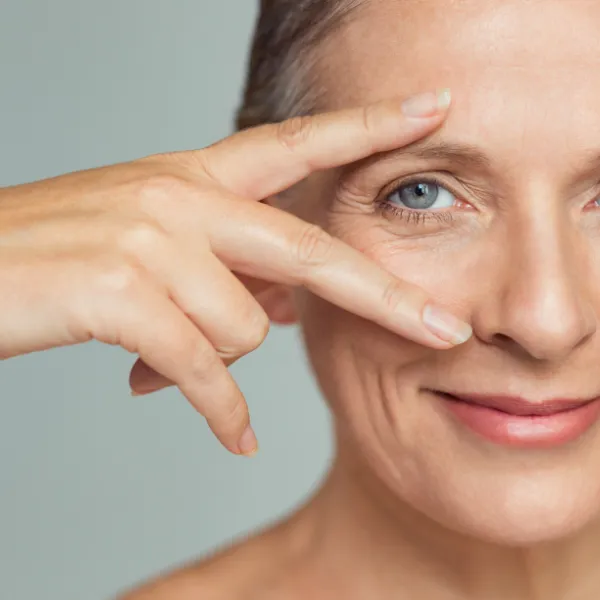
Determining Your Eye Shape Will Radically Change Your Makeup Game!
Eyeshadow application is a challenge for many women. The best way to apply eyeshadow is to first determine your eye shape and then use color theory to balance out your eyes so they look more almond-shaped. We'll discuss a few ways to determine your eye shape, and then specific eyeshadow application techniques according to shape.
I will show you that light eyeshadow colors bring areas of the eye forward and make those areas seem larger. Dark eyeshadow colors push areas back and minimize them. So the placement of those shades will have the effect of "sculpting" your eyes into an ideal shape!
All eyes and all eye shapes are beautiful! Learning color theory and eyeshadow application simply gives us the option of emphasizing what we love and disguising what we don't. 😉
Determining Your Eye Shape Will Radically Change Your Makeup Game!
I'd love to give you my 12 Tips for Perfect Eye Shadow Application! It's a great resource to have on hand so you have this information available when you need it! Just click HERE to claim your FREE copy!

What Shape Are Your Eyes?
Eyeshadow Application
Step 1: Determining Eye Shape
You may not have ever thought about your eye shape before, but knowing this will make eyeshadow application so much easier! There are a few ways to figure out your eye shape, including online quizzes (click HERE to take Robert Jones' quiz), and charts (provided later in the blog).
Tips for determining your eye shape:
Upturned eyes have outer corners that are higher than the inner corners
Downturned eyes have outer corners that are lower than the inner corners
Close-set eyes are closer than one "eye-width" apart
Wide-set eyes are farther than one "eye-width" apart
Monolid eyes appear to have no crease
Deep-set eyes have a prominent brow bone and a deeply indented crease
Protruding eyes are rounded and bring attention to the entire eyeball
Hooded eyes have heavy upper eyelids that rest on the mobile part of the lid
Areas of the eye:
The brow bone is the area directly under the brow. The crease can either be the physical crease, which is the seam where the eyeball meets the brow bone, or it can mean an imaginary crease that we create!
The lid refers to the movable part of the eyelid. Upper lashline is all along the top of the eye where the lashes meet the eyelid; and lower lashline is along the bottom.
The outer corner is the area where the accent shade will be placed and it will vary according to eye shape

Eyeshadow Application Diagrams
Courtesy of Mary Kay Cosmetics, Color Confident Training
Standard Eyes:

Wide-Set eyes:

Close-Set eyes:

Hooded eyes:

Deep-Set eyes:

Monolid eyes:

Tips on eye liner
If you are going to line your eyes, ALWAYS line the top
It's okay to line top and bottom, but never only on the bottom
Try using black liner along the top lashline to give the illusion of thick lashes
Use a lighter shade on the lower lashline so your final look is lifted
Final Thoughts...
Eyeshadow application is one of my favorite things to teach. My own application technique has helped me disguise an issue with Ptosis (watch video HERE). Eye shape can be challenging to determine. When all else fails, phone a friend! Then use your new knowledge of how light and dark colors impact the appearance of different areas of your eyes to create the eyeshadow application technique that is perfect for you.
Another chance to grab
12 Tips For Perfect Eye Shadow Application below!!!
Click HERE
Check out Robert Jones's brush collection HERE.


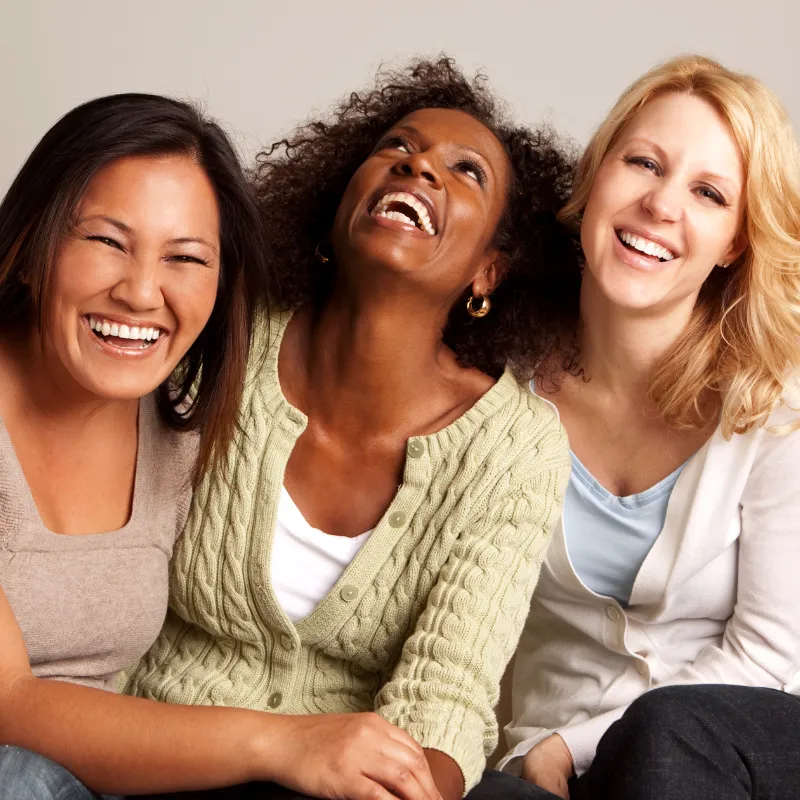
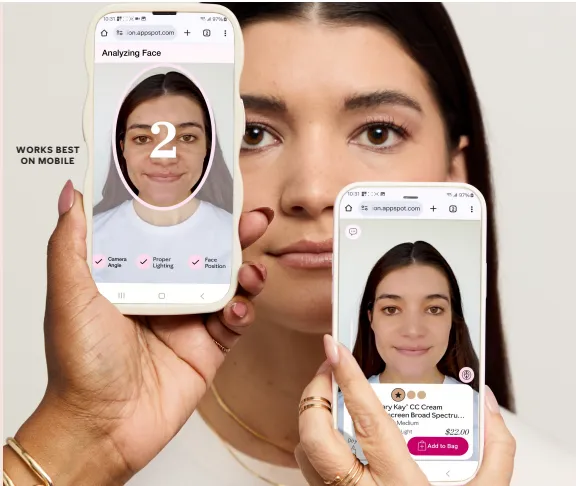
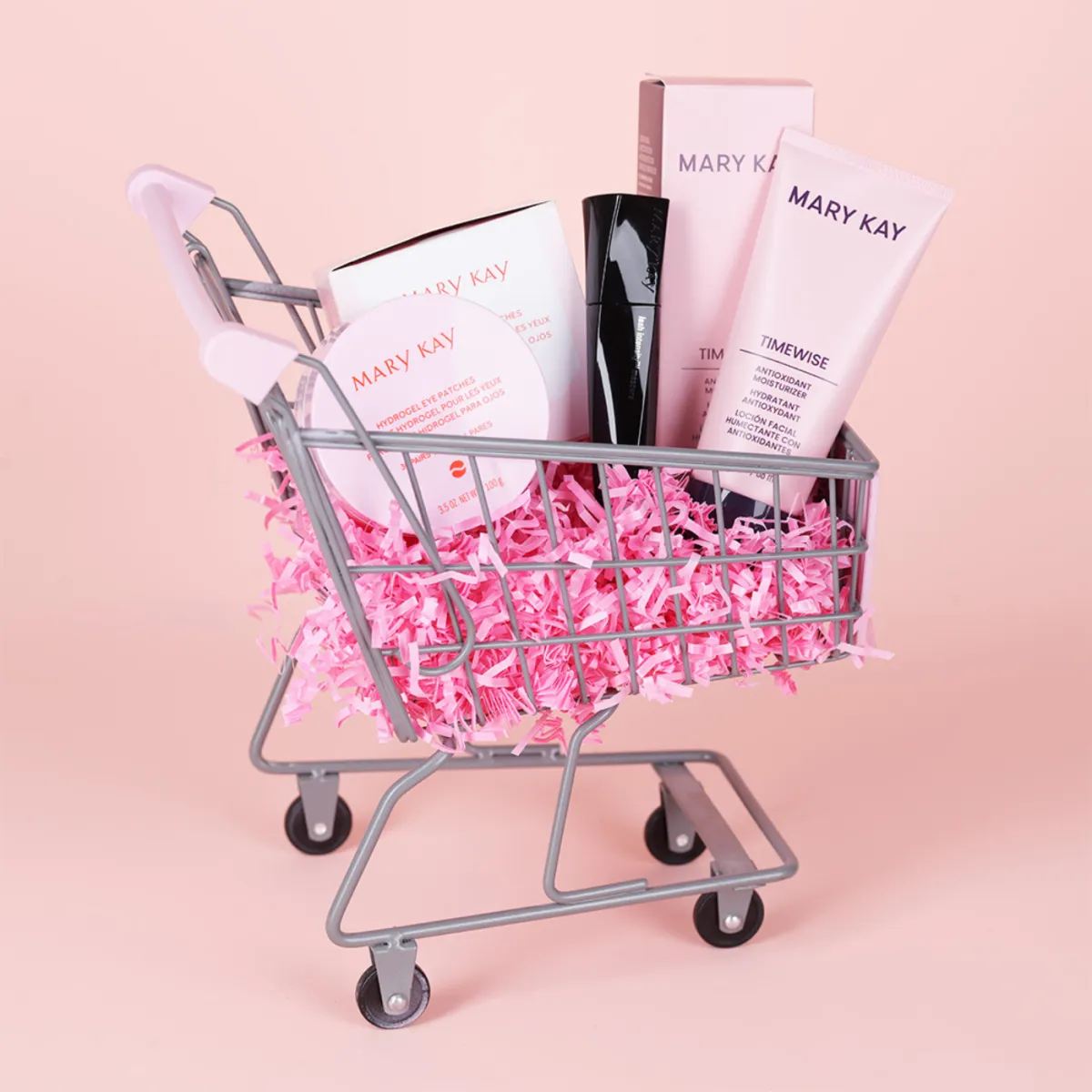

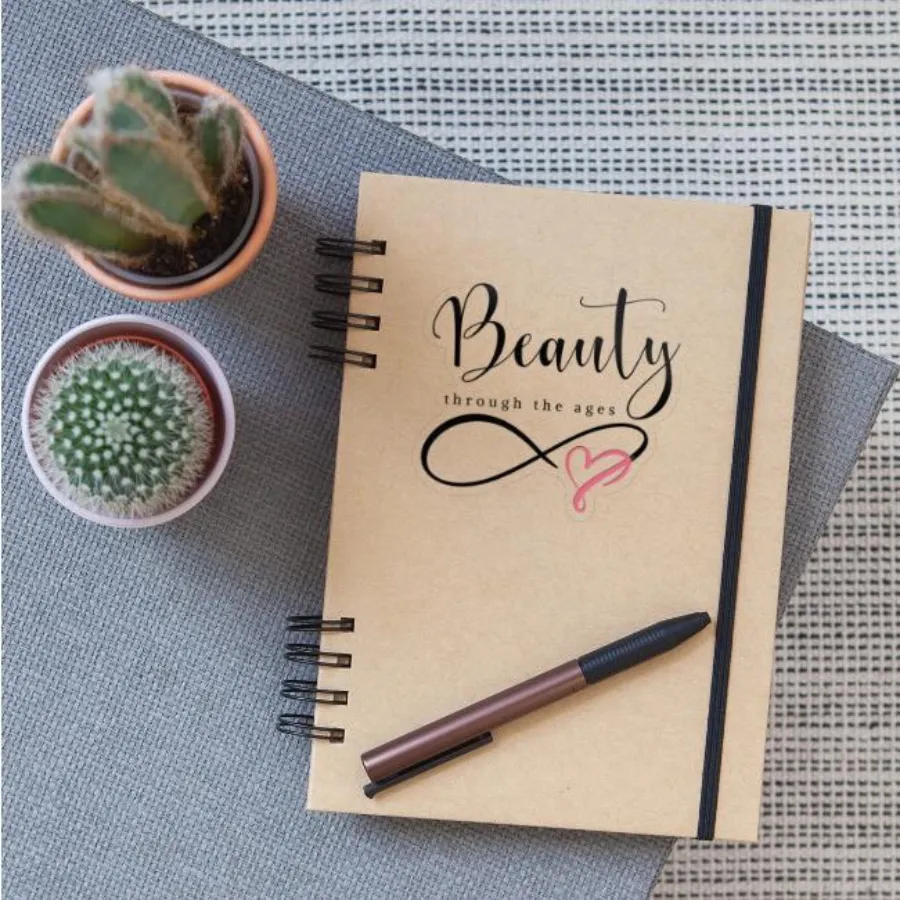
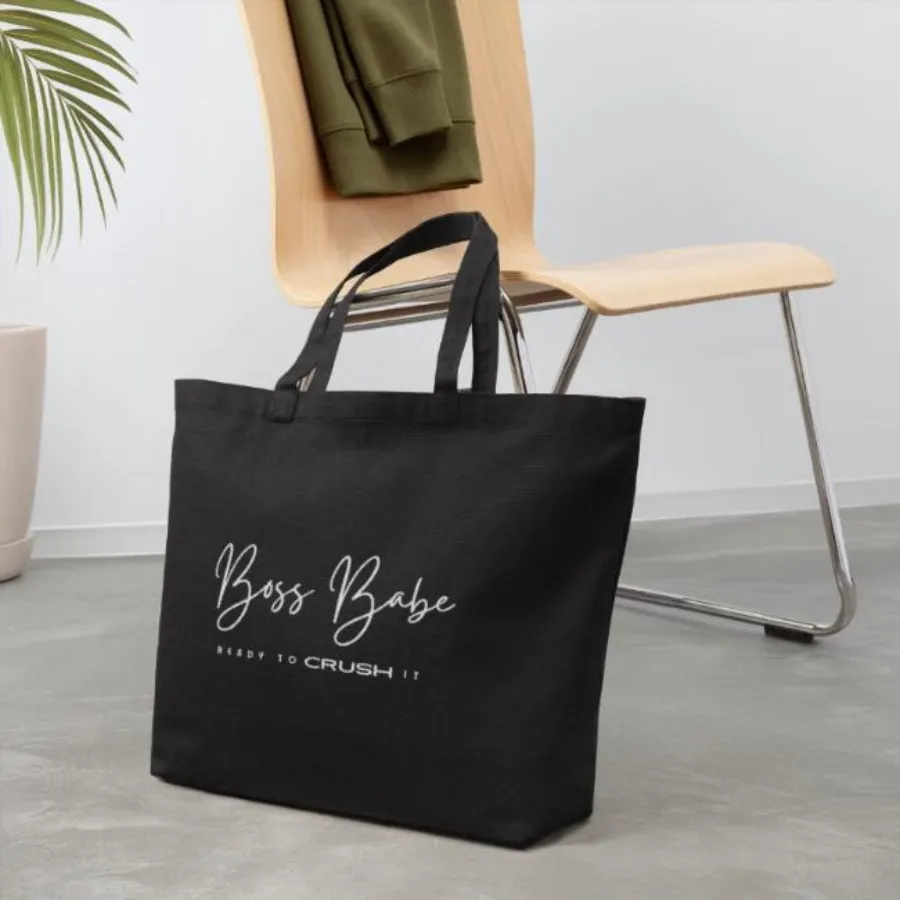


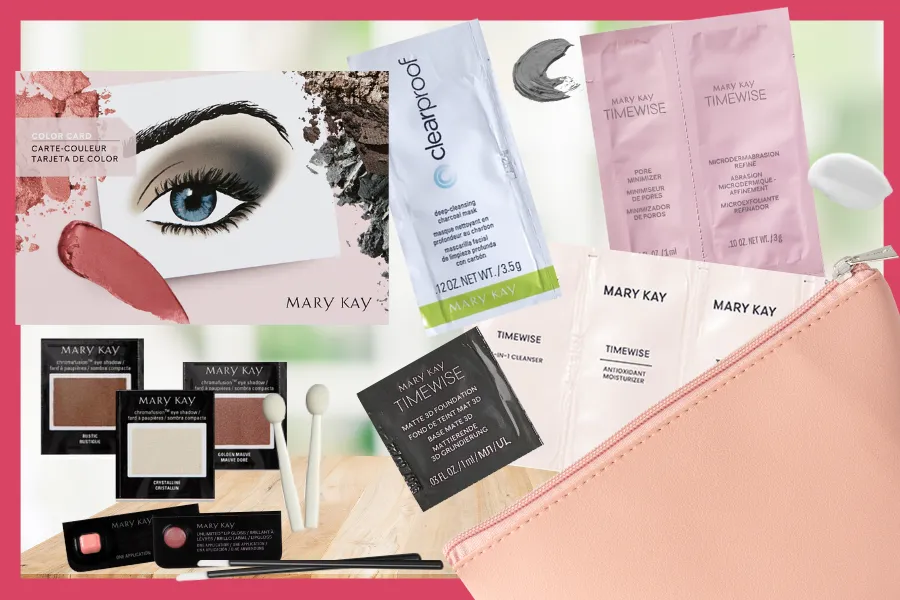
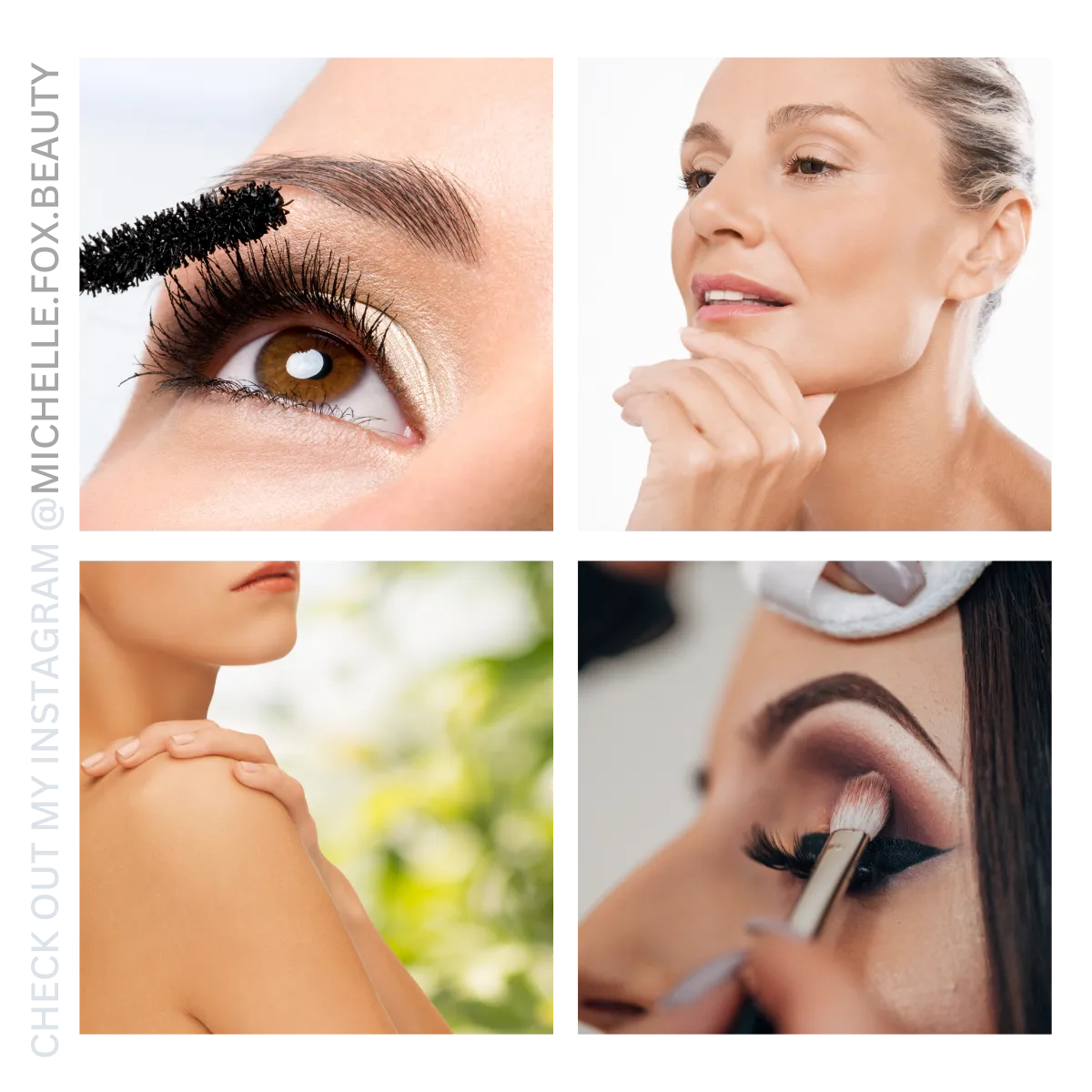
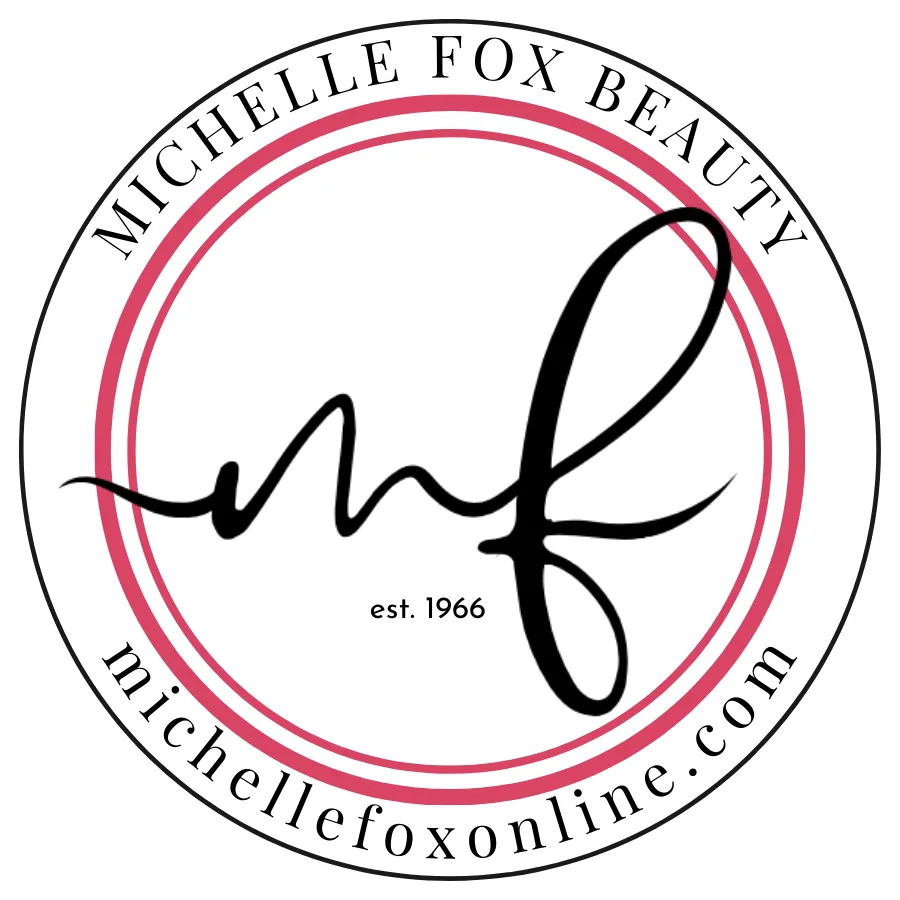
Facebook
Instagram
LinkedIn
Youtube
TikTok
Pinterest